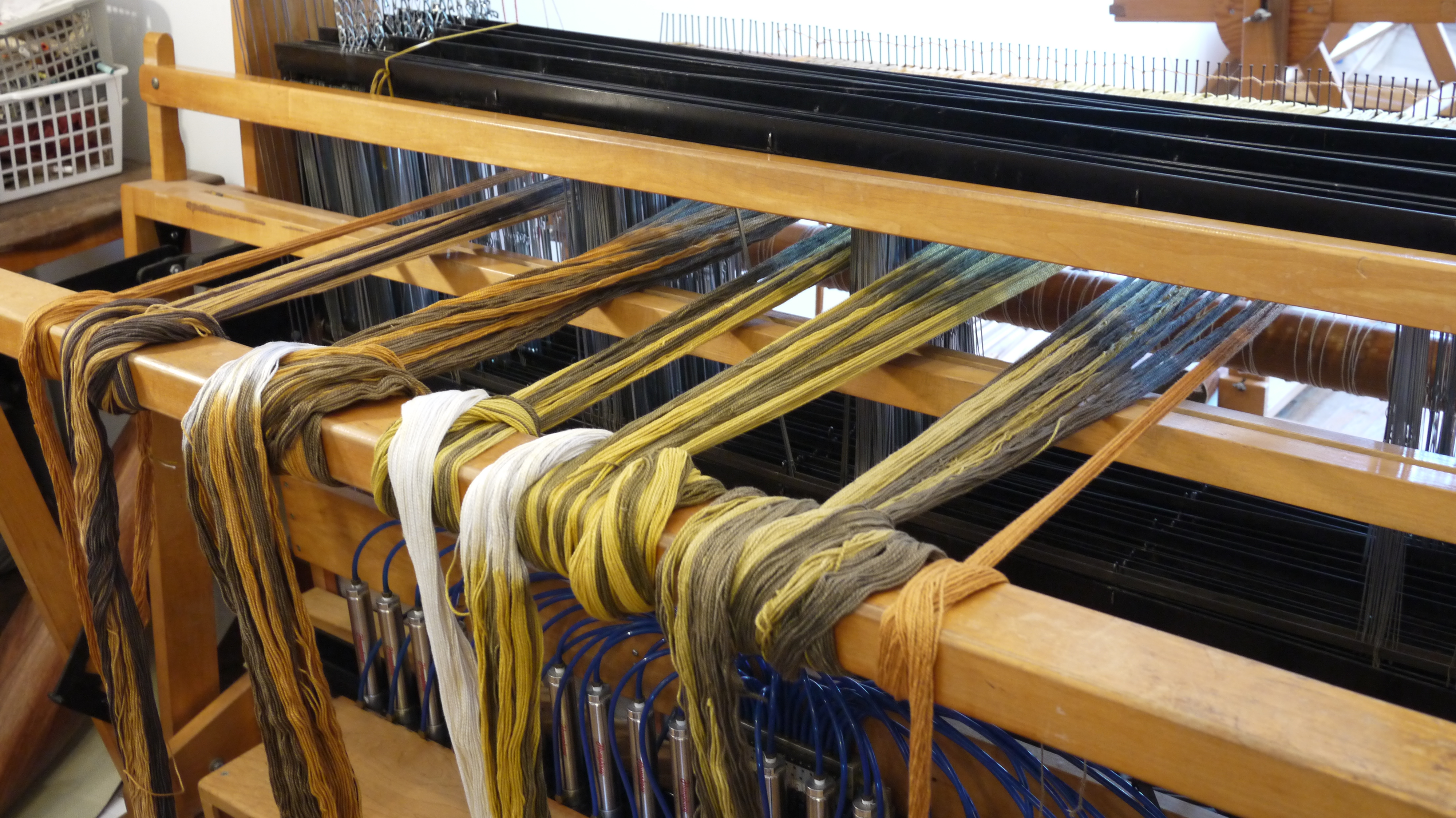The North Platte and the South Platte Rivers meet near the city of North Platte, Nebraska, and form the Platte River, which flows 310 miles across the state where it meets the Missouri River. In the Kearney, NE area, it serves as a staging ground for the annual migration north of the Sandhill Crane. They feed in nearby cornfields by day and roost in the river by night, adding up to a pound of fat to their body weight before they take flight again toward their nesting grounds.

In 1714 Etienne Veniard de Bourgmont (born 1679) was the first recorded European to come upon a river which the Oto people called the Nebrathka, meaning “flat water.” The French word for flat is plat and eventually the river became known as the Platte.
Teliza Rodriguez, the curator of the Musuem of Nebraska Art, invited Jay Kreimer and me to create a piece for an exhibition titled “A River Runs Through It,” (February 26 – July 21, 2019) and requested we develop a work to place underneath the central skylight in the main exhibition space. The premise for the exhibition is the “Platte River – from the sounds and sights of the land, flora, and fauna that surround, inhabit, and visit it to the sky that stretches far above.”

This work began in October 2018. I designed the weaving using software called ProWeave. I wanted to use a weave structure that would show movement, like the current or movement of water, and I wanted the color to reflect the colors of a setting or rising sun. We often think that water is blue, but when looking at a river, the color is always changing and relates to the light in the sky, the depth of the water, the time of year and any number of other details.

Once I determined the size of the weaving—I calculated how big each weaving would need to be—I discovered it would take up to 30 lbs. of cotton thread. For the dye, I used plants I have collected. Fortunately I have been harvesting flower tops for many years and had dried marigolds, cosmos, and other traditional dye plants, weld and madder root, that I had on hand to use.

I modified a weave structure by Franz Donat, published in 1890 in Bindungs-Lexikon fur Schaftweberei downloaded from Handweaving.net. If you look at the ends of the weavings you can see the strips, but the diagonal nature of the weave structure, along with the red/orange of the weft color, alters the perception of the strip, so it is not clear to the eye.

I worked on the yarn preparation for this project for 1 1/2 months: winding over 4,000 warp threads; binding the warp so when I dyed and wove them they spelled out the word FLAT; preparing the yarns for dyeing, including washing the natural cotton to remove any natural oils and debris, mordanting them in a tannin bath followed by an alum bath; soaking the plant material to make the dye; filling big pots of water to cook the dye; dipping sections of the yarn into a ferrous pot to create the dark strips of colors; drying the yarn and rinsing it. The next step was to remove all the binding.
Meanwhile, Jay Kreimer worked on developing the clouds and the eight foot legs of the crane, dropping from the sky. He also created a score that combines natural and created sound to complete the piece. We consulted on color and how to work with the space of the skylight. When we deinstall the work in late July 2019, I will be able to see how the color holds up to the natural light coming into the space from the doors and skylight.


Fascinating and beautiful!